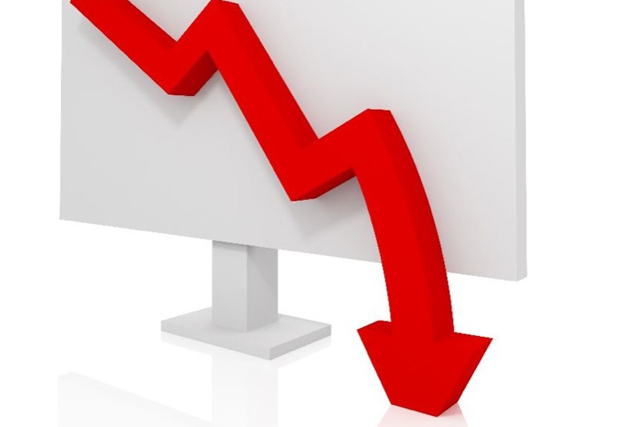SAM
Published:2019-11-28 04:09:09 BdST
BD’s economy to slow down to 7.5 pc in FY20: Fitch
FT ONLINE
Bangladesh's economic growth will roll back to 7.5 percent in the fiscal year 2019-20 as demand for Bangladeshi exports is falling following the slowdown in global trade.
The projected growth rate is far below the government's projection of 8.2 percent for FY20.
The global rating agency Fitch came up with the forecast in its report published on November 25.
Bangladesh achieved 8.13 percent growth in the fiscal year 2018-19.
The rating agency projects that the growth will slow down to 7.2 percent in the fiscal year 2020-21.
"The government's growth forecast is not realistic. Except for BBS data, information from other sources, including national accounts, shows a downward trend," said Dr. Ahsan H Mansur, executive director of the Policy Research Institute (PRI).
"How will growth rise if export-import falls? And if the growth is so high, why is the tax revenue so low?" he asked.
Despite several challenges like poor health of the banking sector, low fiscal revenue and tough business environment, Fitch affirms for Bangladesh a stable rating outlook.
The high gross domestic product (GDP) growth in the last five years helped Bangladesh achieve a stable rating outlook.
However, export growth will likely slow down in this fiscal year, predicts Fitch.
Bangladesh's share in the global apparel market rose to 6.5 percent in 2017, but the country now faces weaker global trade and does not appear to be benefiting much from a redirection in trade due to the ongoing tensions in trade relations between the US and China.
Bangladeshi ready-made garments, which was 84 percent of total exports, earned the country $34.1 billion in the fiscal year 2018-19, which was $3.5 billion more than in the fiscal year 2017-18.
The country's high economic growth has proved to be resilient to a number of severe shocks over the past decade, including political crises and natural disasters, says the Fitch report.
Bangladesh shows one of the highest real GDP growth rates. Its 7.4 percent average real GDP growth in the past five years went beyond the 'BB' category median of 4.2 percent.
Driven by strong domestic demand backed with high remittances and a solid net export contribution, the government estimated an 8.1 percent growth for the fiscal year that ended in June 2019.
Bangladesh's inflation is high but it is still in line with the Bangladesh Bank's target ceiling for FY20, the rating agency said.
The inflation was 5.5 percent in from October 2018 to September 2019, which equivalent to the central bank's monetary target for FY20.
Because of weak revenue and 9.6 percent of GDP to revenue ratio – the lowest ratio among all Fitch-rated sovereigns except for Nigeria – fiscal deficit had slightly widened to 4.8 percent in FY19, from 4.6 percent in FY18, Fitch report said.
The implementation of the new value-added tax law from July 2019 is unlikely to significantly improve the revenue ratio in the near term.
Fitch expects a fiscal deficit of just under 5 percent of GDP for the next few years, which implies a gradually rising general government debt ratio from 34 percent of GDP in FY18.
Less dependence on the part of the government on national saving certificates may crowd out private-sector borrowing.
Fitch forecasts that the country's foreign exchange reserve is likely to come under pressure if Bangladesh Bank decides to intervene aggressively to support the exchange rate.
Bangladesh continues to show a moderate deficit in its current account balance due to a significant rise in imports for several larger infrastructure projects, said Fitch.
The rating agency forecasts the current account deficit to be 2.2 percent of GDP in 2019.
Current account deficit was $678 million during July-September of the current fiscal year, which was 0.2 percent of GDP, according to central bank data.
The foreign reserve remains comfortable, amounting to $32.4 billion in October 2019, in 5.5 months of current external payments.
Remittances from overseas workers continue to perform strongly, with $17.1 billion flowing in through official channels in the 12 months up to September 2019, up by 10 percent from the previous year. Average migration fell by 22 percent over the same period, though, according to the Fitch report.
Unauthorized use or reproduction of The Finance Today content for commercial purposes is strictly prohibited.


